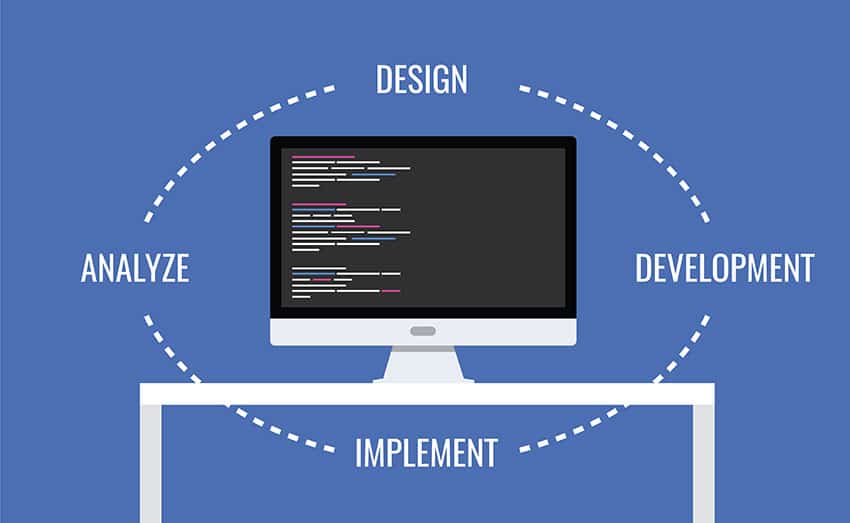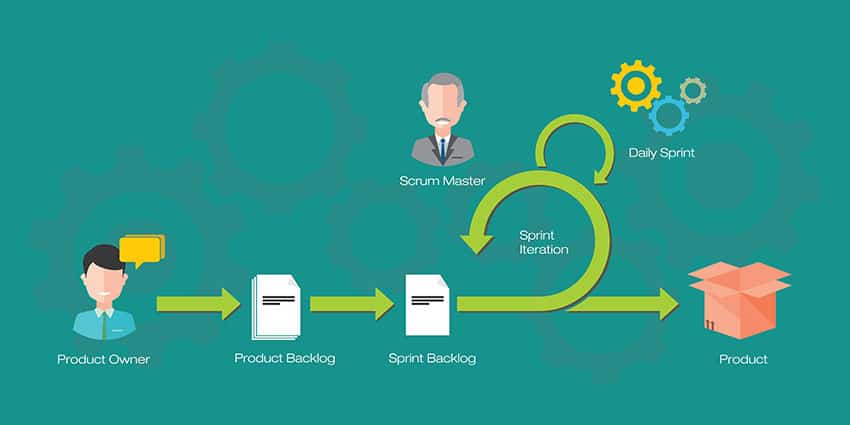By this point, most of our blog readers are familiar with the primary tenets of lean management. And one of the core lean principles is continuous improvement, which dictates that a lean organization should be driven to constantly innovate in an effort to improve its processes end to end.
That primary lean principle feeds into the motivation to examine business processes closely in order to constantly improve upon them. By doing so, workflows can be streamlined to cut delivery time to customers, shift workload amongst team members as necessary and shed any steps in the process that aren’t adding any value.
In the words of the Harvard Business Review: “…redesigning business processes — work that runs from end to end across an enterprise — can lea to dramatic enhancements in performance, enabling organizations to deliver greater value to customers in ways that also generate higher profits for shareholders.”
So as a business leader, how do you go about redesigning an entire business process that can span departments or entire organizations? Here are a handful of steps to get you started.
Determine End-to-End Time
What is an end-to-end time exactly? It’s the time it takes to create and deliver a product or service in a business from the time an order comes in until the product/service is handed off to the customer.
Cutting back on this timeframe is an obvious boost to overall productivity to a team or organization. And cleaning up inefficiencies in processes has a direct effect on a company’s bottom line.
The first step in this process is to determine your department or organization’s end-to-end time. This can’t be an educated guess — take the time to research and average out how long it takes your team to create a product or finish a projects start to finish. Once you’ve sussed out this figure, you have your benchmark number to beat through continuous improvement.
Complete a Process Audit
Now it’s time to complete a broad audit of all the processes that go into creating and delivering your company’s product or service.
Taking a hard look at all the pieces in a multi-step process can help you challenge certain assumptions your organization may have made in the past. Examining each step can highlight issues and bottlenecks in processes, showing you the areas that may need to be addressed in your process redesign.
During you audit, it’s a good idea to talk to members of all the teams involved in these processes, as they’ll likely have valuable insights on where improvements can be made.
Redesign Processes Accordingly
During your audit, you likely found steps in your company’s processes that were unnecessary or didn’t add any value. Is there a way to eliminate or cull these steps without deteriorating the quality of the product or impacting the customer negatively?
Fellow lean lovers Kanban Blog used this example: one organization was examining the process they used to train nursery school teachers. They discovered that the step of performing criminal background checks prior to formally hiring candidates was slowing down the training process. Because few soon-to-be teachers failed these checks, they decided to instead run the backgrounders in conjunction with the early training steps rather. And while the CBR are necessary for this line of work, they surmised the concerns were ameliorated because of prior experience (and the fact that candidates were constantly supervised during training).






